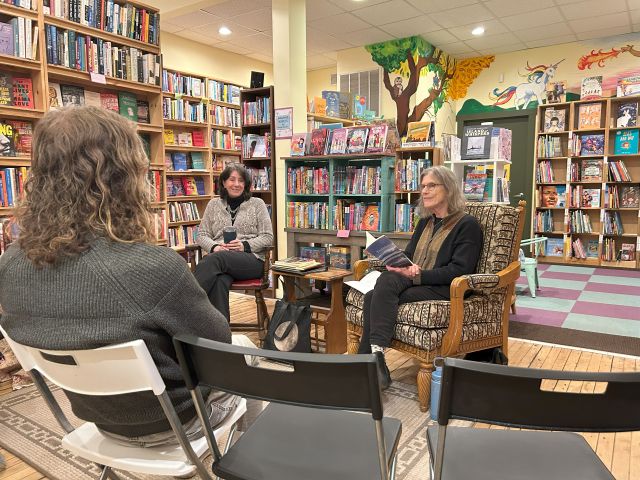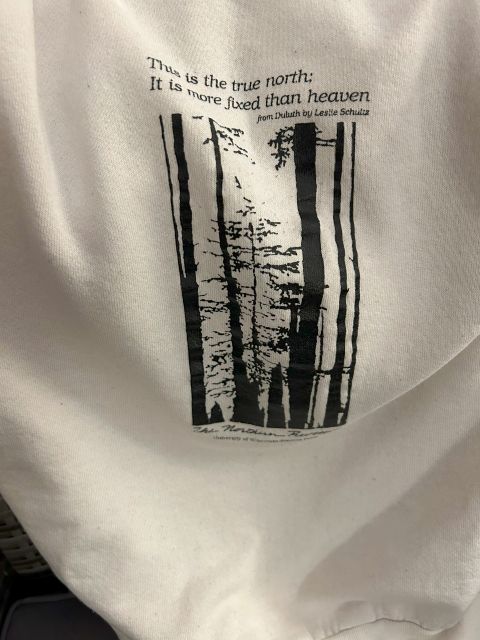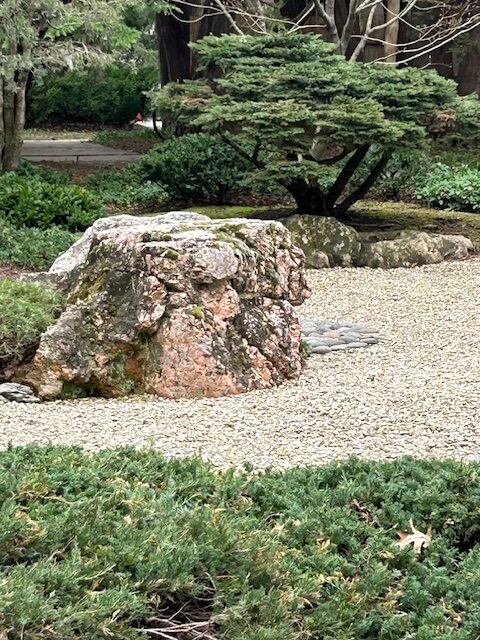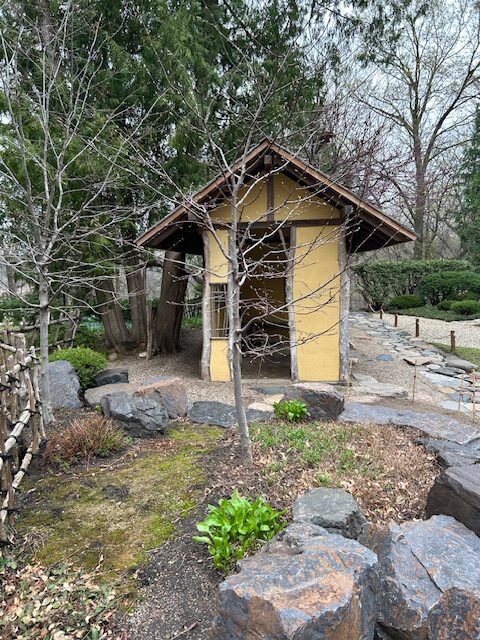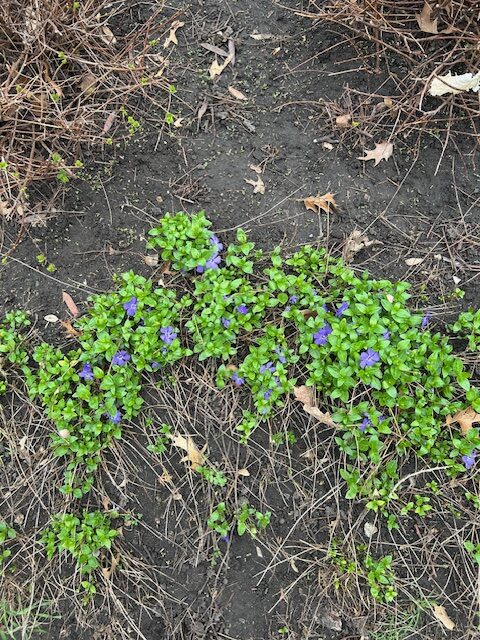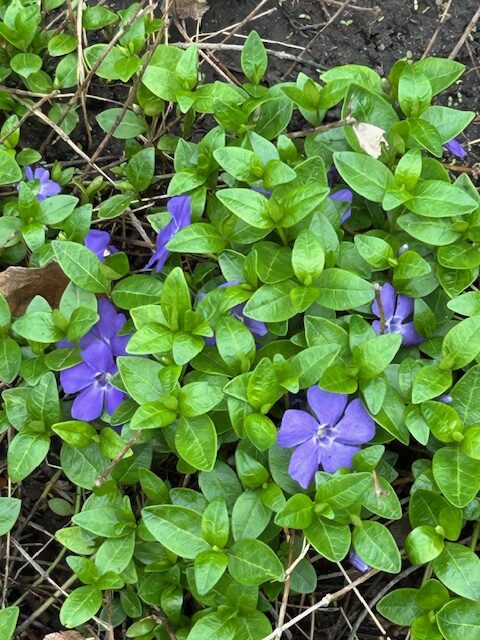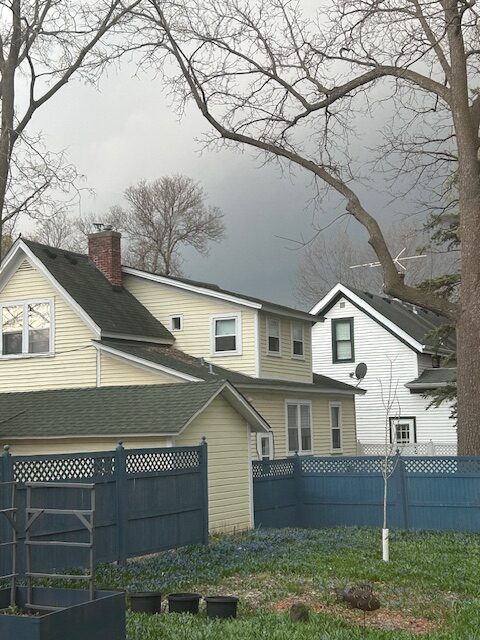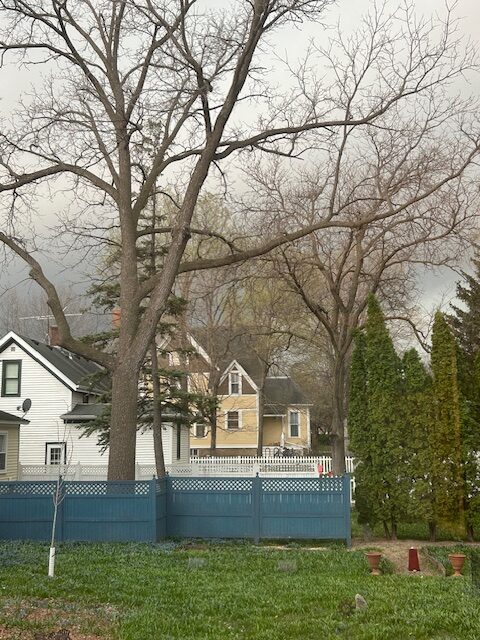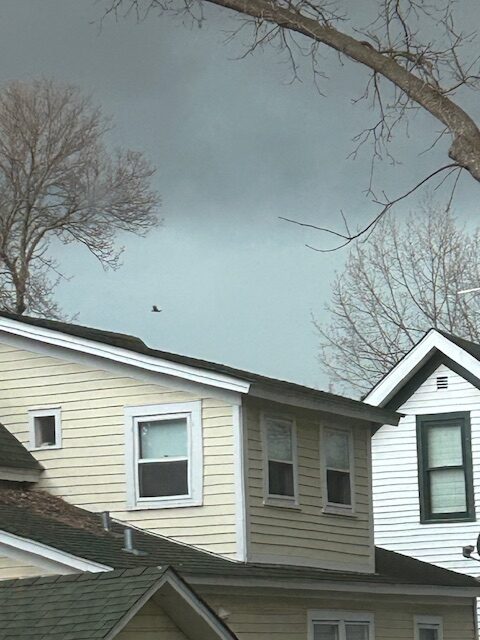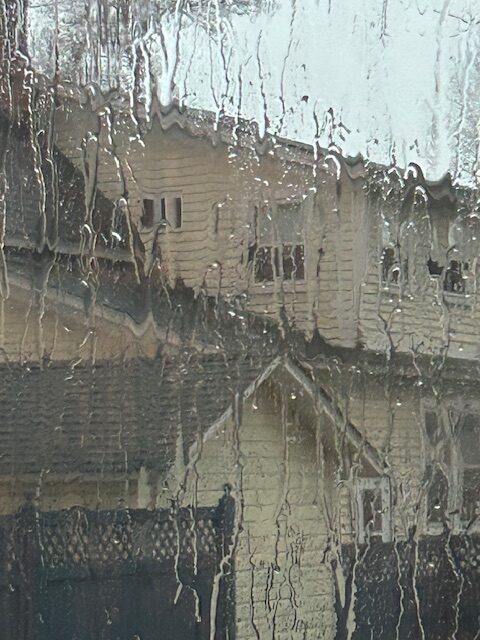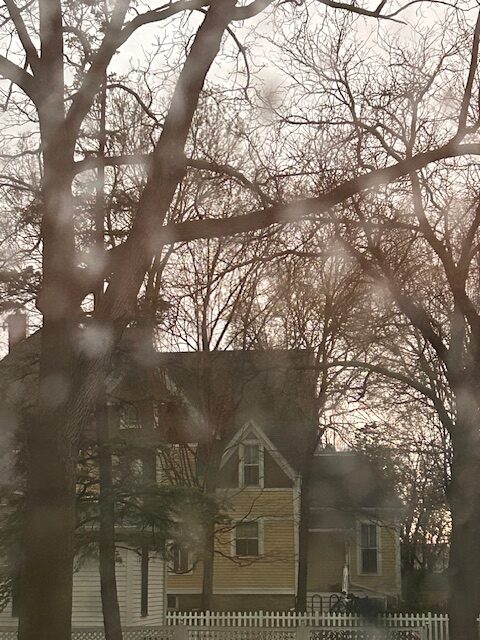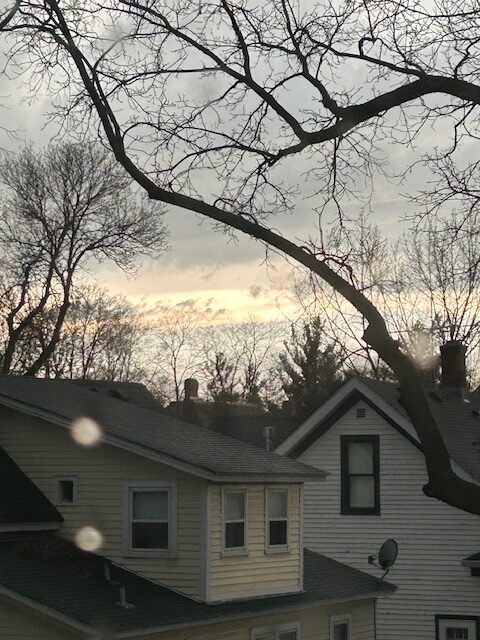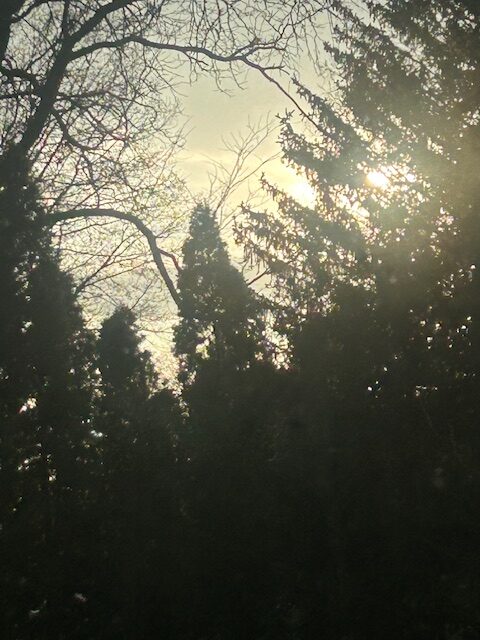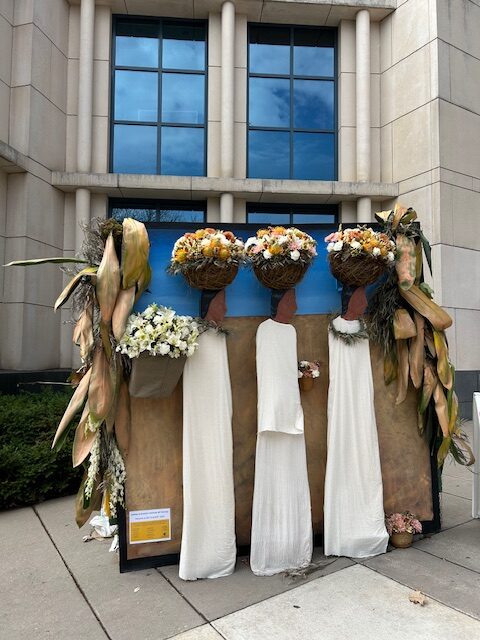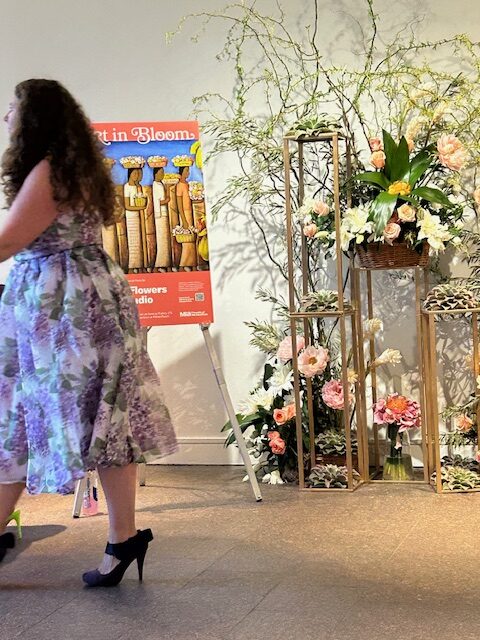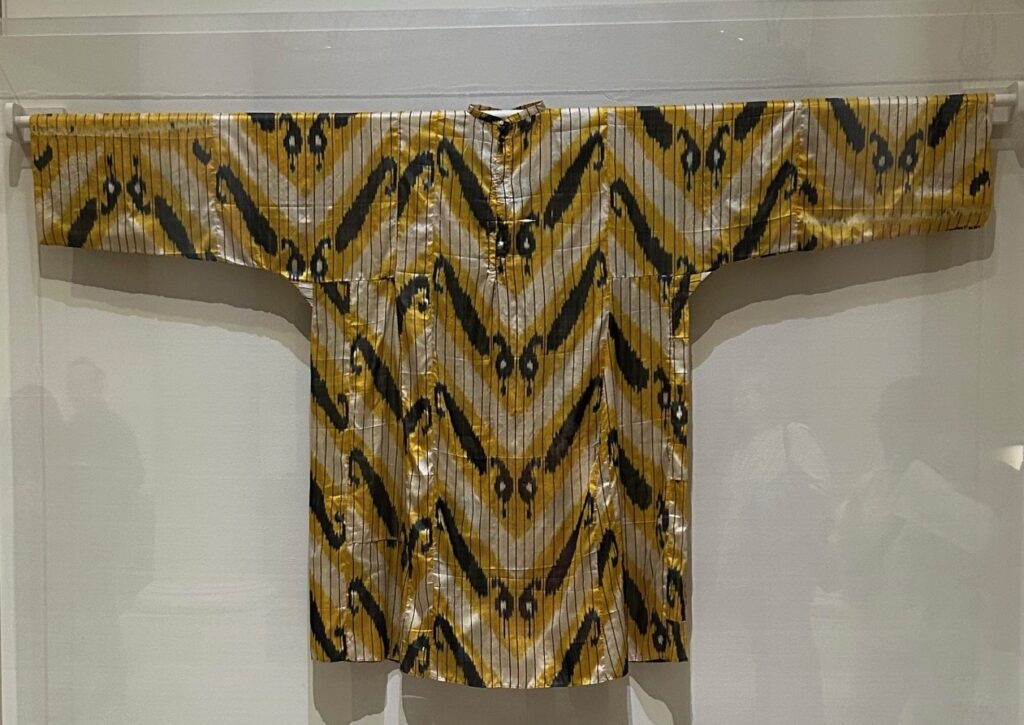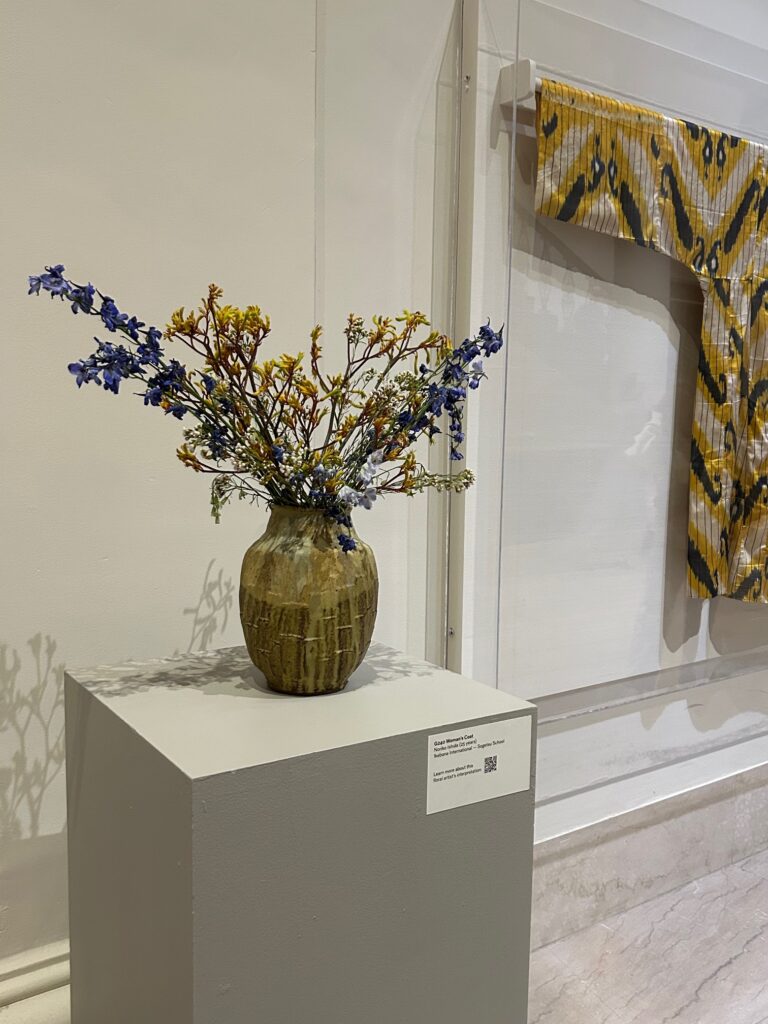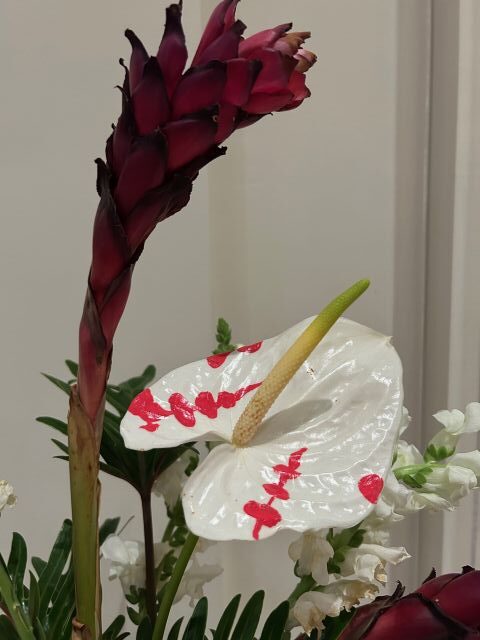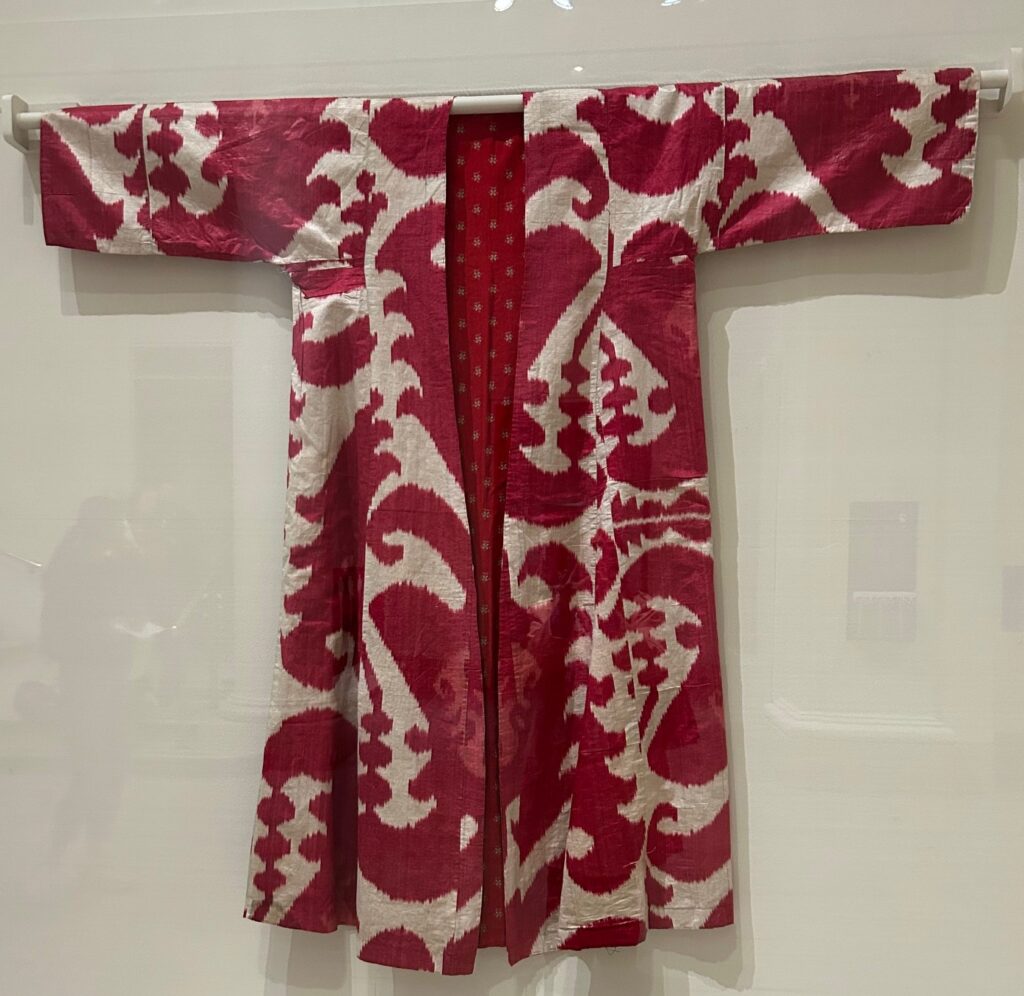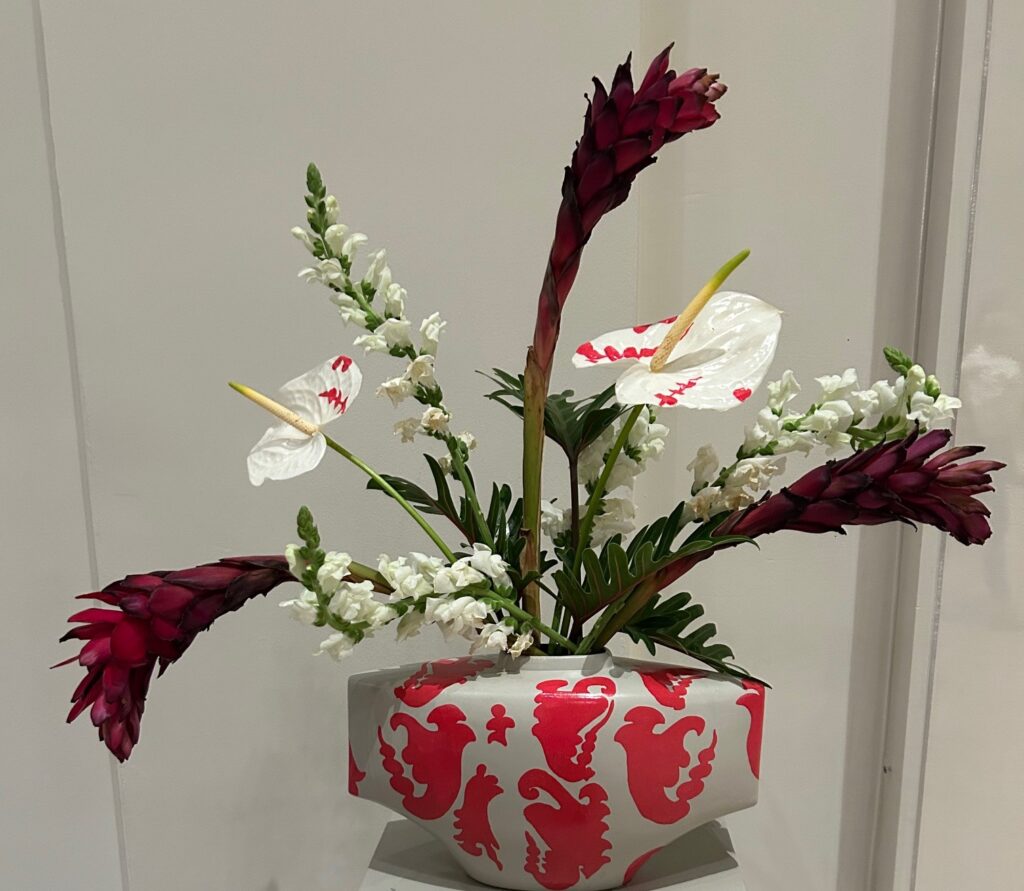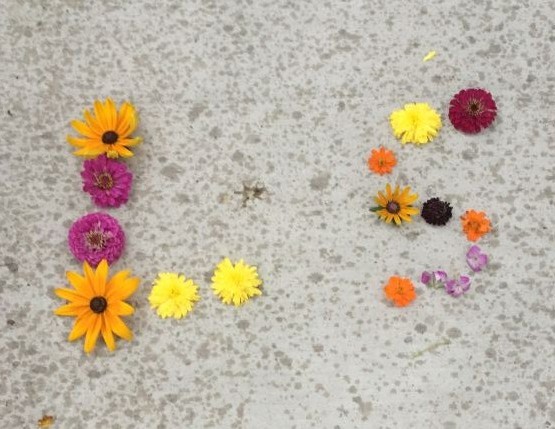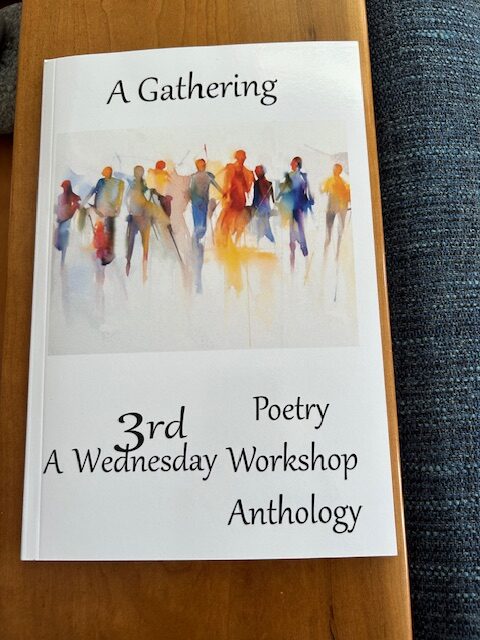
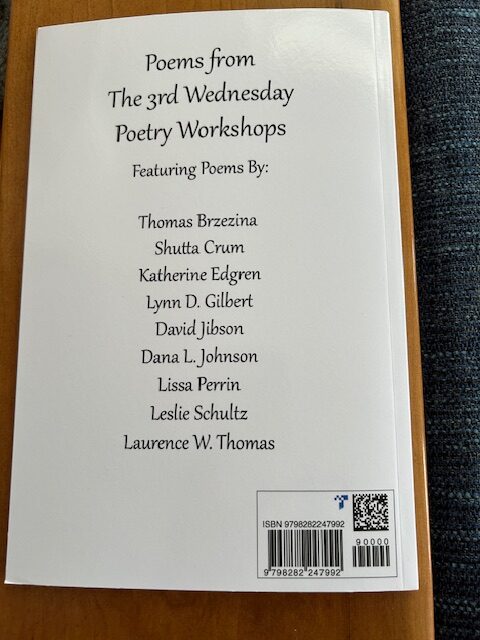
For some years now, I have been a member of a monthly poetry workshop circle based in Ann Arbor, Michigan under the aegis of Third Wednesday Magazine. (Yes, I praise the magic of Zoom that allows me to participate!)
This year, the group undertook a literary project, spearheaded by Editor David Jibson. This anthology, a Poetry Month project, holds the work of nine poets, people whose work I know and value including, in alphabetical order, Thomas Brzezina, Shutta Crum, Katherine Edgren, Lynn D. Gilbert, David Jibson, Dana L. Johnson, Lissa Perrin, Leslie Schultz, and Laurence W. Thomas. It was exciting to see many of the poems here take shape, and it is even better to see them printed on the page. Certainly, I have benefited from the thoughtful feedback my own poems have received, and I feel lucky have my own work in this company.
With typical 3rd Wednesday generosity toward writers and readers, the magazine has made it possible for anyone to download a free copy of the publication. If you would like to hold a paper copy as you read (always my own preference!) you can order one for $6.00 on Amazon.
On a rainy day in Northfield, hoping the old adage about spring flowers following in the rainstorms’ wakes is true, I am wishing you a cozy hour for reading and writing—LESLIE



